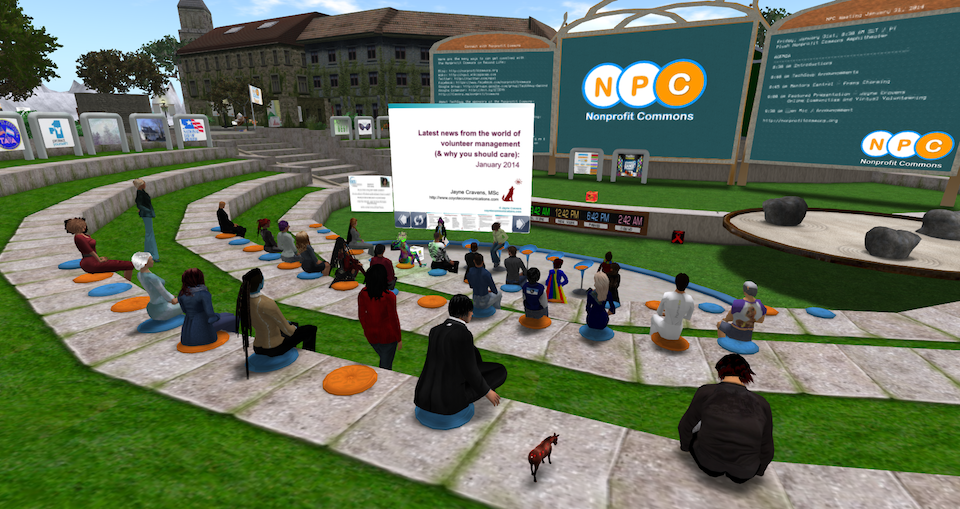Rob Jackson is a volunteer engagement consultant based in the United Kingdom. Rob was a manager of volunteers himself for many years, and his training and writing is based in reality and practicality. We met online back in the 1990s when he started UKVPMs, an online community for managers of volunteers in the UK, and have been colleagues (and good friends) ever since.
Rob wrote this on his Facebook page, and with permission, I’m reprinting it here on my blog:
It’s time for a new way to think about local volunteering infrastructure.
In recent months I’ve read stories of how lockdown volunteering was especially effective where local groups (formal and informal) were connected to their local volunteering infrastructure organisations (Volunteer Centres).
This comes as no surprise to me. For six years I worked closely with Volunteer Centres as part of the team at Volunteering England. I’ve been a trustee of two Volunteer Centres in my time. I know their value and importance.
Yet too often local infrastructure is seen as either an encumbrance or an irrelevance. Why fund a Volunteer Centre when people can volunteer without them? Surely technology can do the work of a Volunteer Centre better than a human? Who needs a Volunteer Centre when we have the internet?
These arguments miss a crucial point. Volunteering infrastructure isn’t a building or office, a snazzy website or matching software.
Volunteering infrastructure is people. It is connections. It is relationships.
Cuts to Volunteer Centres may realise a quick financial saving, but it’s far more expensive to have to rebuild them down the line.
Volunteering infrastructure is a valuable investment in the underlying and enabling fabric of a thriving, vibrant local community.
It’s time we saw it that way and supported it properly.
Perfectly said, Rob. And not just for the UK. You can comment here, but please also comment on Rob’s original post if you are on Facebook.
- Can volunteerism repair a nation?
- 2018: time for USA nonprofits to be demanding
- hey, corporations: time to put your money where your mouth is re: nonprofits & innovation
- Corporate Volunteer Programs: What Do Nonprofits Want From Them?
- Recruiting Local Volunteers To Increase Diversity Among the Ranks
- Make All Volunteering as Accessible as Possible
- Recruiting Volunteers To Serve in Difficult, Even Dangerous Roles
- Make volunteering transformative, not about # of hours
- Nope, volunteering is not always inherently “good”
- Volunteering, by itself, isn’t enough to save the world
- More than helping: wanting to make a difference
- Your right to turn away volunteers who wont adhere to safety measures

If you have benefited from this blog, my other blogs, or other parts of my web site and would like to support the time that went into researching information, developing material, preparing articles, updating pages, etc. (I receive no funding for this work), here is how you can help.






